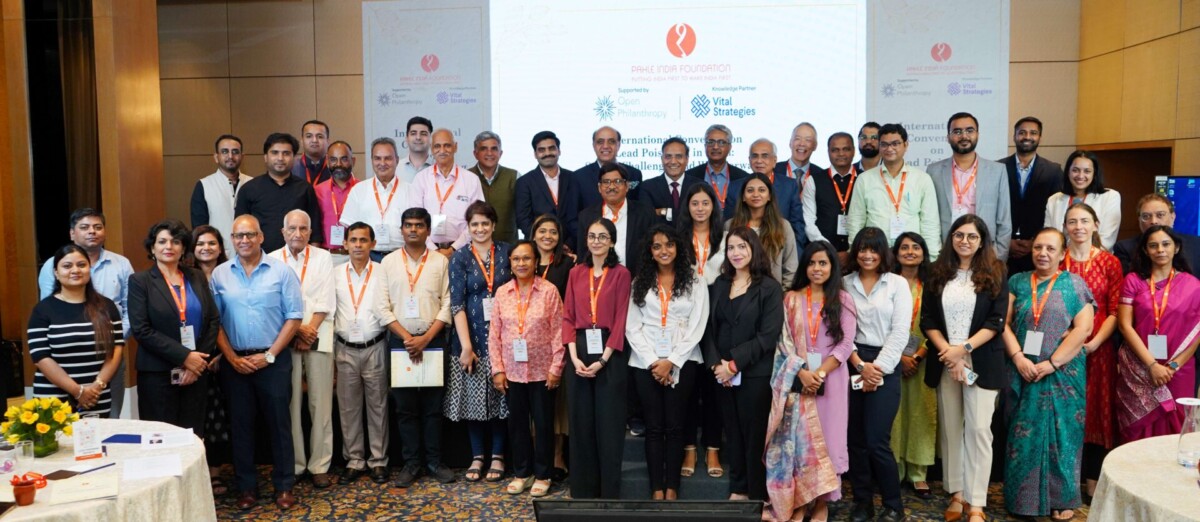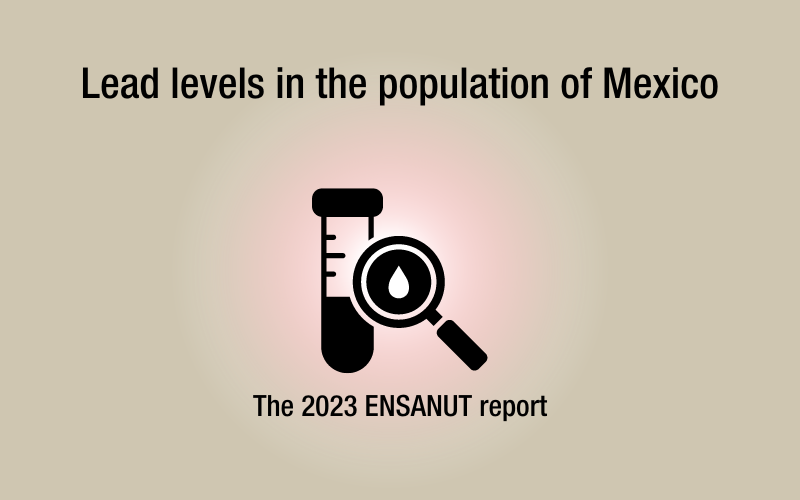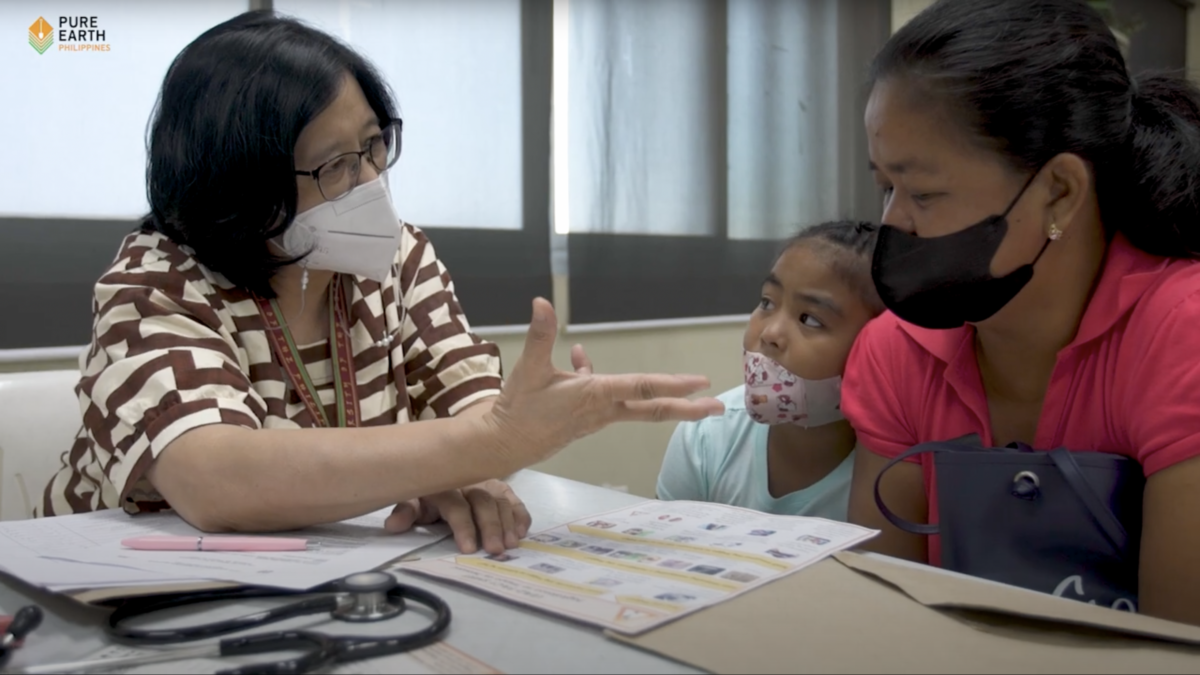Lead was found in 18% of the most consumed foods by the Mexican population, including products such as rice, wheat, soy, pepper, guajillo chili, processed meats, and baby food.
Researchers from Universidad Iberoamericana in Mexico City, the National Institute of Public Health, the National Institute of Rehabilitation, and Pure Earth Mexico, conducted the first monitoring of lead presence in 103 foods, beverages, and spices most consumed by the Mexican population. The presence of lead was found in over 18% of the products analyzed.
Among the foods with detectable lead levels identified were products made from rice, wheat, soy, turmeric, pepper, guajillo chili, processed meats such as ham and sausages, tamarind-based candies, and baby products made from rice and soy. It is important to note that these foods are highly consumed by the Mexican population, and some are part of the basic food basket and the country’s culinary traditions.
Within these foods where lead was found, some processed products made from wheat and rice exceeded the maximum permitted lead limits (0.20 mg of lead per kilogram of product) established by the Food and Agriculture Organization (FAO) and the World Health Organization (WHO). Exceeding these values in food may pose a health risk.
Lead is naturally found in the environment; however, its presence in natural foods is primarily due to industrial waste, which causes contamination of soils, air, and water used for irrigation and growing food.
While in Mexico, the use of lead-glazed pottery for cooking and storing food is the primary cause of exposure in the general population, it is not the only cause. Therefore, the constant and high consumption of lead-contaminated foods (even if their concentration does not exceed the maximum permitted lead limits in food set by FAO/WHO) could still pose a health risk to the population.
Lead is naturally found in the environment; however, its presence in natural foods is primarily due to industrial waste, which contaminates soils, air, and water used for irrigation and growing food, transferring to crops and animals for consumption. International reports indicate that more than 13% of all cultivated lands, around 40% of lakes and rivers, and approximately 0.24 billion hectares of the world’s arable land are contaminated with heavy metals such as lead and cadmium.
On the other hand, lead can also be found in processed foods, with contamination potentially occurring at various stages of the food chain, from primary production to consumption. For example, it can occur during the manufacturing of packaging used for food preservation. In Mexico, the use of lead-glazed pottery for cooking or storing food is the primary cause of exposure in the general population.
Among the recommendations from researchers to reduce lead concentrations in our food, it is emphasized to avoid cooking or storing food in lead-glazed pottery or to use pottery marked as “lead-free”. It is also important to note that a varied diet rich in nutrients such as calcium, iron, and zinc helps inhibit lead absorption and its adverse effects on the body.
This issue goes beyond individual action; it is important to coordinate the proactive involvement of food producers, regulatory agencies, and researchers to create monitoring and oversight systems that ensure toxic elements such as lead do not exceed maximum allowable limits in food. Ensuring the safety and quality of the food we consume is a priority for public health, protecting consumers, and especially the most vulnerable populations from the toxic effects of lead.





